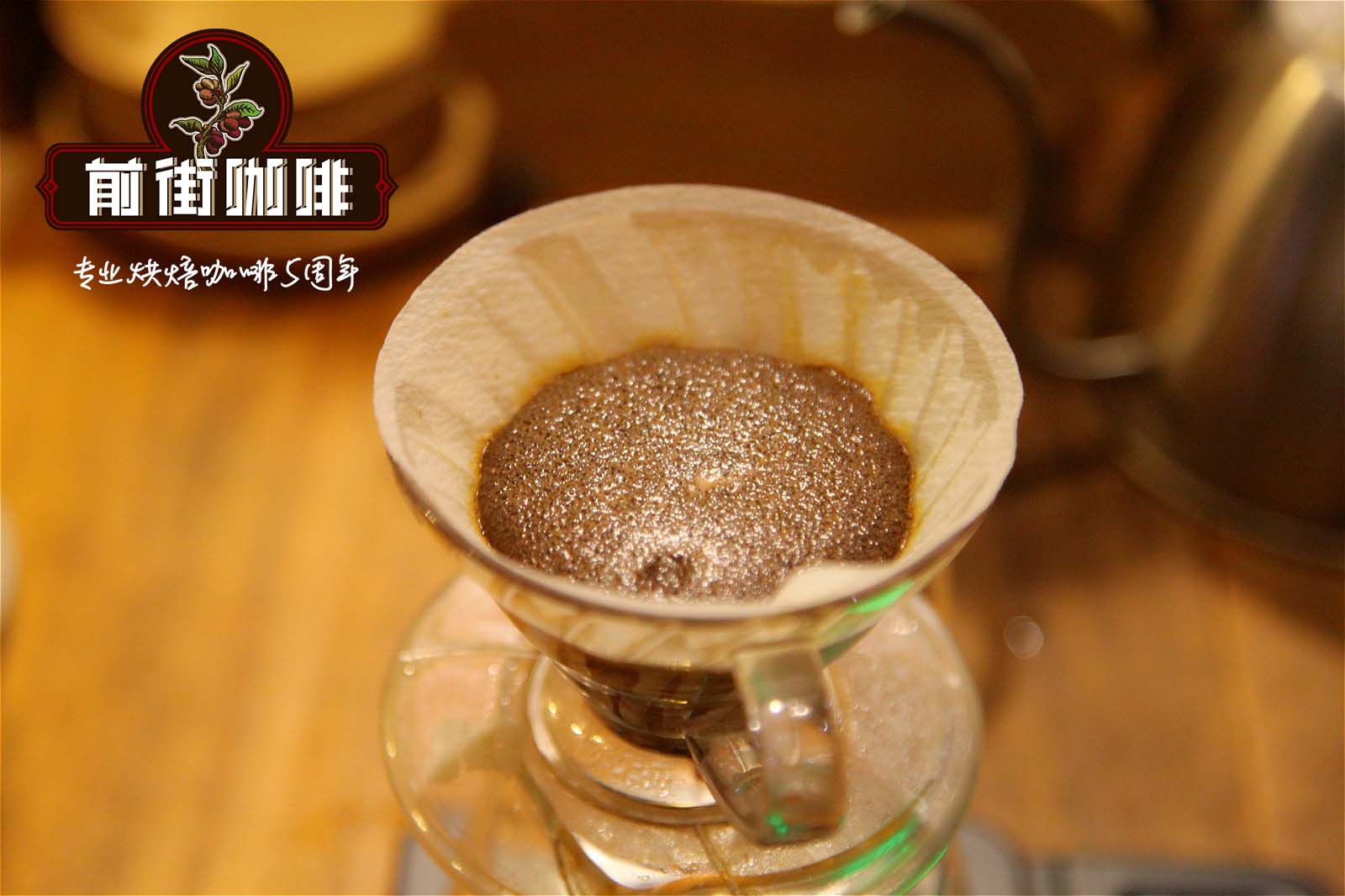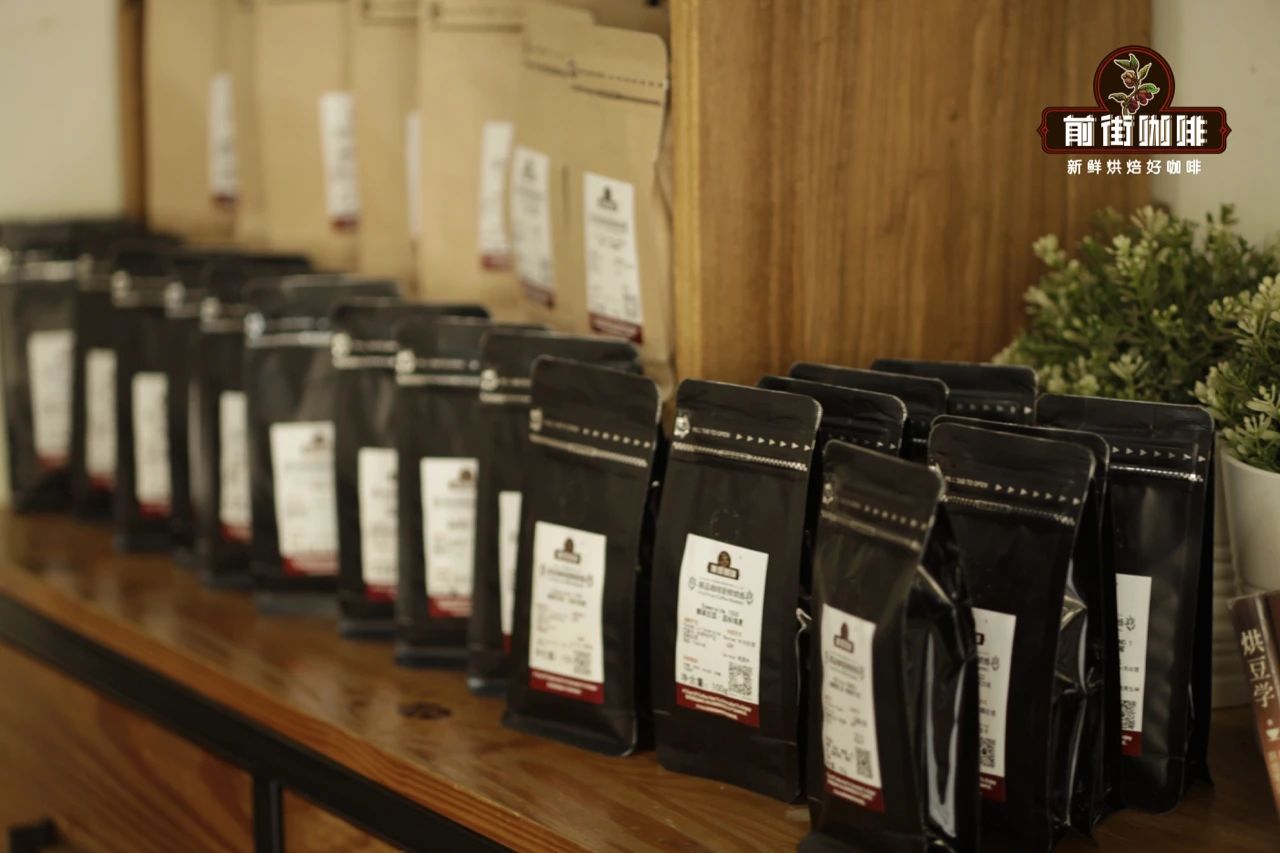How do Colombian coffee taste Colombian coffee beans? Colombian coffee culture

Professional coffee knowledge exchange more coffee bean information please follow the coffee workshop (Wechat official account cafe_style)
According to the Organization of Aboriginal States of Colombia (Organizac ó n Nacional Ind í gena de Colombia,ONIC), there are 102 indigenous tribes in Colombia that speak 64 different languages. 710 indigenous reserves have been set up in 228 administrative regions throughout the country, with a total area of 3400 million square hectares, accounting for about 29.8 per cent of the country's total land area.
Even though the Colombian Government has expressly stipulated in the Constitution since 1991 that "the Colombian Government recognizes and protects ethnic and cultural diversity".
Of the coffee trees grown in Colombia, 66% are grown in modern plantations and the rest in small, traditionally run farms. The main varieties include Kaddura Caturra, Colombian Colombia, Tibica Tipica, bourbon Bourbon, elephant bean Maragogype, and Tabi. Farms and cooperatives across the country, large and small, run by more than 500000 farmers, are distributed in the country's 590 municipalities and 14 major coffee-producing areas, with a total of 2 million Colombians dependent on coffee cultivation for their livelihood.
In recent years, with the attention to the quality of coffee and the demand for fine coffee in the international market, production in micro-producing areas should be transported and is born, and small coffee farmers are organized to provide micro-batches mainly Micro-Regional Selections, and dozens of small farmers provide their unit harvest into a micro-batch to sell, quality control will be better, so they will have the opportunity to test through each batch. Select many high-quality small farmers' coffee in specific micro-producing areas. Its coffee flavor is more lively, with fresh aromas of ripe fruit and caramel, and the combination of sour taste and sweet taste is well balanced.
Colombian coffee has long been divorced from the impression of poor quality and base coffee. Through coffee competitions in recent years, people know more about Colombian coffee. Good coffee usually comes from good estates and small and special producing areas such as:
Narino, Colombia, but these coffee production is really not much. Before the coffee competition, Colombian coffee was graded by the size of coffee beans, but this classification only means that there is no relative relationship between the size and quality of coffee beans. "bigger beans are better." this is an outdated grading system. On the contrary, the beans produced by some excellent coffee farms or cooperatives with small production and small farming area are smaller and more round and complete. this is the mainstream of Colombian coffee today, and good quality is the guarantee of price.
The Huil producing area in southwestern Colombia is the producing area of fine coffee and the Narino producing area Tolima. Almost all the top 10 Colombian coffee producers come from these three producing areas every year, and they are also dominated by small coffee farmers with small yields and small farming areas. La Esperanza Manor is located in the Huil producing area. The coffee farm, which does not belong to individuals or families, is a collection of several coffee farmers to sell under the name of Hope Manor (La Esperanza). It is hoped that the manor will be distributed in the forest at an altitude of 1400 to 1650 meters above sea level to harvest fully mature coffee beans by hand. Coffee farmers adhere to good planting environment and perseverance to control the quality of coffee beans. The winner of the 2007 Colombian Coffee Competition, it also won 9th, 12th and 14th (different coffee growers) in 2008 and was given a high score of 93 by American coffee master Kenneth Davids (author of coffee review and self-baking) in November 2008. it is Colombia's top manor.
Colombian coffee also has its own way of naming. The meaning and rules of Colombian coffee raw bean name:
Columbia Huila Supremo SC17/18 FNC
Country + producing area + graded name + other
FNC:Federacion Nacional de Cafeteos de Clolmbia
Colombian coffee is widely sold and used, mainly because Colombian coffee has a soft and pure taste, and it is very easy to brew coffee beans, so it is very popular in every family and is the best partner for dessert cake. With Colombian coffee, you can enjoy the mellow atmosphere brought by bar without coffee. Whether it is simple black coffee or Colombian coffee formula coffee is a good choice.
There is a famous raw bean competition in Colombia-the Coca Zhuoyu Cup. The [Colombian Coca] bean of Front Street Coffee stands out from this competition. With 90 degrees water to cook, with a good sour plum, the overall sweet and sour feeling is obvious.
Qianjie coffee: Guangzhou bakery, the store is small but a variety of beans, you can find a variety of unknown beans, but also provide online store services. Https://shop104210103.taobao.com
Important Notice :
前街咖啡 FrontStreet Coffee has moved to new addredd:
FrontStreet Coffee Address: 315,Donghua East Road,GuangZhou
Tel:020 38364473
- Prev

What's the difference between individual coffee beans and mixed coffee beans? Can I make coffee beans by hand?
Professional coffee knowledge exchange more coffee bean information please follow the coffee workshop (Wechat official account cafe_style) what is the difference between individual beans and mixed coffee beans? The principle of comprehensive coffee bean blending? How to mix beans by hand? Single bean usually comes from a single variety of beans from regions and manors. Single beans usually have their own special flavor, which, of course, refers to fine products.
- Next

Colombian Coffee Culture Colombian Coffee practices what are the producing areas of Colombian coffee
Professional coffee knowledge exchange more coffee bean information Please pay attention to the coffee workshop (Wechat official account cafe_style) Coffee should be the most common refreshing drug in the world, but also the most economically valuable drink. The United States is the country with the highest coffee consumption, consuming 400 million cups a day, while in Finland, the average person drinks four to five cups of coffee a day, the highest consumption per person.
Related
- Detailed explanation of Jadeite planting Land in Panamanian Jadeite Manor introduction to the grading system of Jadeite competitive bidding, Red bid, Green bid and Rose Summer
- Story of Coffee planting in Brenka region of Costa Rica Stonehenge Manor anaerobic heavy honey treatment of flavor mouth
- What's on the barrel of Blue Mountain Coffee beans?
- Can American coffee also pull flowers? How to use hot American style to pull out a good-looking pattern?
- Can you make a cold extract with coffee beans? What is the right proportion for cold-extracted coffee formula?
- Indonesian PWN Gold Mandrine Coffee Origin Features Flavor How to Chong? Mandolin coffee is American.
- A brief introduction to the flavor characteristics of Brazilian yellow bourbon coffee beans
- What is the effect of different water quality on the flavor of cold-extracted coffee? What kind of water is best for brewing coffee?
- Why do you think of Rose Summer whenever you mention Panamanian coffee?
- Introduction to the characteristics of authentic blue mountain coffee bean producing areas? What is the CIB Coffee Authority in Jamaica?

